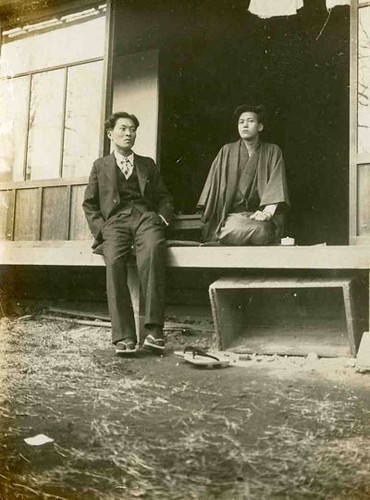
With Japan's with the sub-cultures that are made among the youth (Ganguro, Kawaii, etc.) maybe there is a reason why they chose. While I do think that it's a sense of expression of who they are and "liberated" from all restraints that they don't like to conform to. I think that these failures of the younger generation to not acknowledging traditional may contribute to the older generation not being able to educate the customs and traditions that once was apart of their culture prior to World War II. This establishment gave certain freedoms for their citizens, but at the same time forgot what they are prior to their modernization from Western influence.
As for my compact challenge in not buying (or getting free) a new shirt, so far last night this was as tough of a challenge than I could ever imagine. I was in Downtown San Jose for a Hip-Hop dance competition known as Battlefest and there were a couple of vendors that sold some pretty good designs. My brother persuaded me not to buy a shirt: "I don't think I really need a t-shirt right now, got too many." I'm all for the support indepedent labels. Afterwards, I was glad enough to just spend my money on Vietnamese food in the Eastern portion of the city for dinner since we were very hungry.
Sources
Kondo, Dorine. "The Aesthetics and Politics of Japanese Identity in Fashion Industry." Dress and Identity. ed. Joanne B. Eicher, Kim K.P. Johnson, and Mary Ellen Roach-Higgins. New York: Fairchild Publications, 1995. pp. 465-473
Identity Crisis or Just Having Fun?
http://www.international.ucla.edu/eas/newsfile/jpnyouth/010123-st.htm
http://farm2.static.flickr.com/1098/1343956565_337c1f8c23.jpg
1 comment:
who are you?
Post a Comment